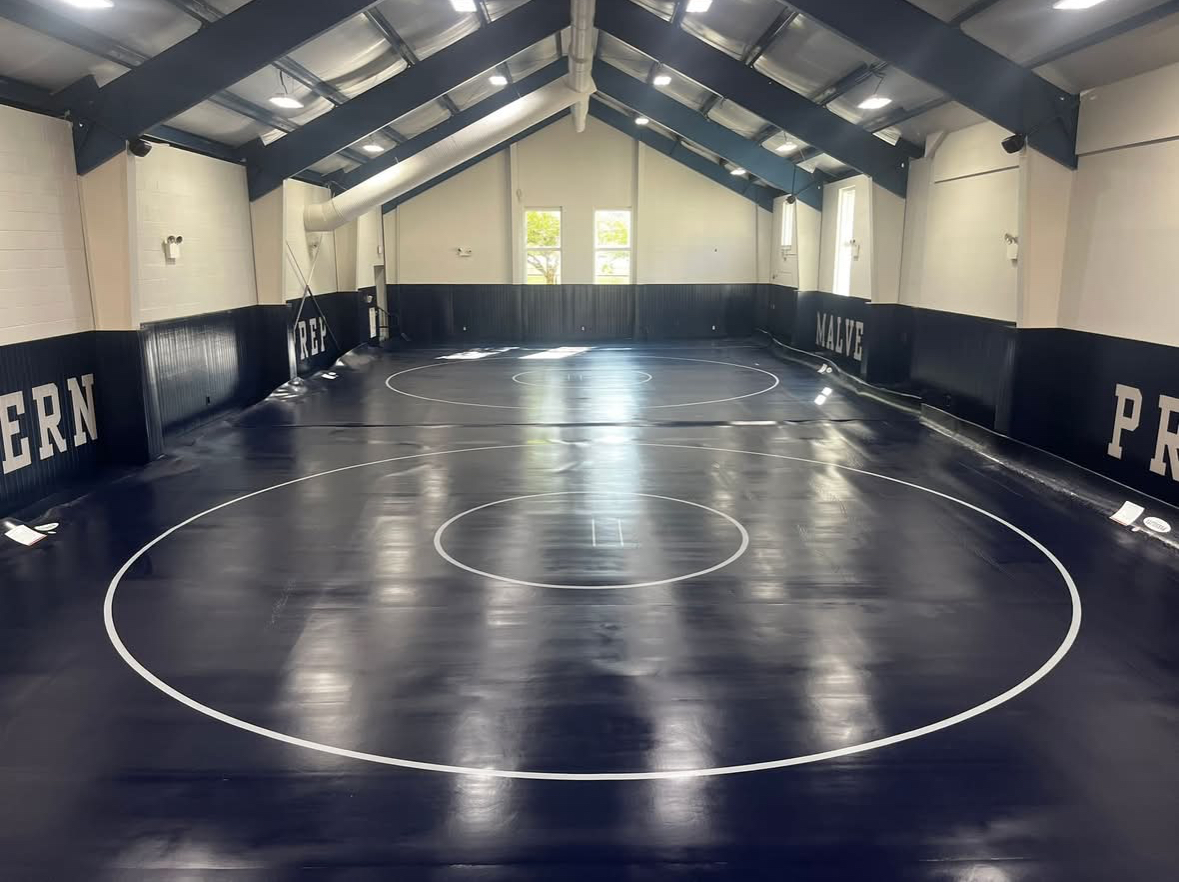Malvern has big plans for technology in the classroom, in a world where students are spending more time on their iPhones than listening to teachers.
Mr. Kevin Whitney, Director of 21st Century Learning, says that Malvern’s IT Department is working to “make Malvern a more mobile campus for teachers, students and guests.”
The new plans for technology at Malvern were not “made in a meeting with everyone there,” said Mr. Algeo, Head of the Upper School. “It has been evolving… This has come out of our strategic plan on the needs of both the needs of students and teachers.”
“The plan started about two and a half years ago,” said Mr. Terrence Norko, Head of the Technology Department, “with the reincarnation of how Malvern is teaching its students through student-centered learning. It’s all supposed to support that idea.”
One part that directly affects students is the transition from MyBackpack to a new service called Schoology, a service that is more nuanced than MyBackpack. Schoology has additional features, such as offering mobile apps that integrate into the service to aid teachers and students.
Schoology’s website describes the service as a learning management system designed “to make online education a collective effort and to increase the overall impact of everyone involved in a student’s education.” The company was founded in the 2007-2008 school year, and offers both a basic free version for teachers and an paid enterprise version that can be adopted by entire schools or districts.
Norko confirmed the move from MyBackpack to Schoology in an interview.
The move from MyBackpack to a new service was not an easy shift. The Blackfriar Chronicle reported on this transition in February 2015, before the Schoology platform could be confirmed. “This huge process takes over a year,” Whitney told a reporter. “That is really a big shift, a major technology change happening behind the scenes.”
Another aspect of the plan is to remove the teacher consoles and SMART Boards in the classrooms.
Whitney said that teachers will get updated laptops that can also serve as tablets. This will allow them to be more mobile in their teaching, such as walking around the room while operating the computers.
The specific model to be used for teachers is the Yoga 11e version 2 from Lenovo, said Norko.

Mr. Whitney described future plans for a “digital desktop.” “Students and teachers can click on a shortcut, and a virtual PC desktop can come up,” said Whitney. “You can then use Office Suite, Adobe, and other programs specific for subjects like math and science.”
For students, they will be utilizing a different yet similar service, said Norko. “It’ll be what is called a ‘Thinapp’ solution. In the grand scheme of things, software that is specific to the departments will be available with 24/7 access. The functionality will be the same, regardless.”
While the new computers with virtual desktops sound amazing, Mr. Whitney said the new technology plans are not a “silver bullet.”
“[The updated laptops] are not some unbelievable toy. It’s more cost efficient, and allows for more mobility in the classroom,” Whitney said. “And that’s important, because we don’t have an unlimited budget.”
The cost of replacing the teachers’ computers will come just under $40,000, said Norko.
A concern for the removal of the SMART Boards is where exactly they will go. “We certainly won’t dispose of them,” said Algeo, “We’re sure that there’s another school we can sell or donate the boards to.”
“We have not discussed where the boards will go, and if they’re going to be sold or not,” said Mr. Caniglia, Chief Financial Officer of Malvern. “We won’t know until we start taking the equipment apart.”
As for the rest of the plan, a definitive figure could not be established, as it is in the process of being drawn up, Caniglia said.
In February, the Blackfriar Chronicle reported that students will not yet be required to bring an approved technology device for the 2015-2016 school year. According to Head of School Mr. Christian Talbot, a student-centered learning environment must be established before Malvern will take the next step and ask each student to purchase his own device.
In the midst of all these changes to occur, the term “more mobile campus” has not yet reached a solid definition.
“Of course, a mobile campus and classroom doesn’t mean the classroom’s moving,” said Whitney. “But we have more mobility within it. Instead of sitting in the console, the teacher is moving through the classroom, tablet in hand, presenting a topic, and that teacher or a student can write something on the screen from that tablet.”
“A more mobile campus allows students and teachers to learn or teach anywhere, at anytime,” said Norko. “It removes the need for the four walls of the classroom and being on campus.”
Students at Malvern have a different definition for a mobile campus. “I think it means having stuff like iPads and Macs in class, to let us go online,” said Nick Calvaresi, ‘17. “And everyone should be required to have one.”
In the ever-changing world of student-centered learning, students will have to wait and see how these changes, and a more mobile campus, come into play.








